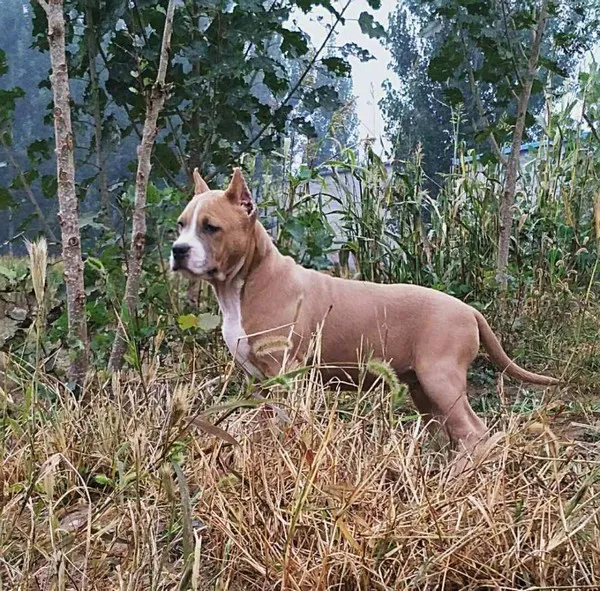People who love dogs have an inexplicable love for puppies, because they are small and round, so cute.
But taking care of a puppy, like taking care of a baby, is hard.
What a lot of people don’t know is, how old can a dog eat dry dog food?
What should small milk dog not feed?
So today we are going to reveal the secret.
The stage at which dry dog food can be fed depends on tooth development: generally, if your dog has not developed teeth even after 1-3 months, it is recommended to give your dog wet food to aid digestion;
When dogs are about three months old, their teeth can support the gradual transition to dry dog food.
If you are making the transition to dry food, it is recommended to make the transition gradually, with 1/4 dry food in the first meal and half dry food in the second meal, while keeping an eye on poop.
There is no absolute time limit, however, because every dog develops differently.
Finally, it is still necessary to pay attention to your dog’s tooth development and keep an eye on your dog’s feces.
Usually, THE PUPPY CAN EAT DOG FOOD AFTER WEaning, BUT at this time, the DOG food should be as small as possible, easy to absorb, foam soft dog food, generally choose milk flavor, all natural dog food.
Puppies do not need to cook the food, which can easily lose its nutritional value.
At this point, the dog food should be soaked in warm water for 5-10 minutes without soaking it to a paste.
After THE PUPPY’S TEETH DEVELOP, IT IS NOT NECESSARY TO SOAK THE DOG FOOD, you CAN DIRECTLY feed THE DOG food, but be sure to prepare enough purified water for the dog.
It usually takes three TO four MONTHS for a puppy to become full of teeth. During this time, soaking the dog food mainly prevents the formation of dental stones and double rows of teeth.
If you can bite hard bones or dog gum and other hard things, there is no need to hurry to change.
Parents can carefully observe, if you need to change dry dog food, you are advised to do so in March or April.
Pungent foods such as Onions SHOULD NOT BE FED TO PUPPIES: THESE FOODS can IRRitate the dog’s gastrointestinal tract, causing inflammation AND affecting the dog’s sense of smell.
Onions contain a toxic ingredient, n-propyl disulfide, which dogs can oxidize into hemoglobin of Heinz bodies. The reticuloendothelial system swallows red blood cells containing Heinz bodies, causing anemia and damaging the bone marrow.
Cold Milk: Some people feed milk directly from the refrigerator to their dogs, but this can be harmful to their health.
Cold milk is a cause of diarrhea in puppies that are not yet fully developed.
For puppies, don’t have frequent diarrhea, which can easily weaken the dog’s body.
Therefore, when serving milk, it must be heated to the point of warming and not overfed.
Chicken bones: Chicken is a low-calorie protein, so it’s safe to eat, but pay attention to the chicken bones.
A cooked chicken bone is too hard for a dog’s teeth to bite.
In addition, chicken bones can sting the throat and stomach.
If chicken bones get into a dog’s stomach, they will not be able to digest them, potentially endangering the dog’s life.
Foods with high salt content: Salt is one of the causes of disease and is not healthy for dogs.
Dry food, salted salmon, sugar and fish and shrimp cooked with soy sauce and wine are not suitable for dogs.
Avoid high-salt meats, such as ham and bacon.
Some people use salt to stimulate the vomiting of poisoned dogs.
But less than half a teaspoon of salt is actually deadly to dogs.
























